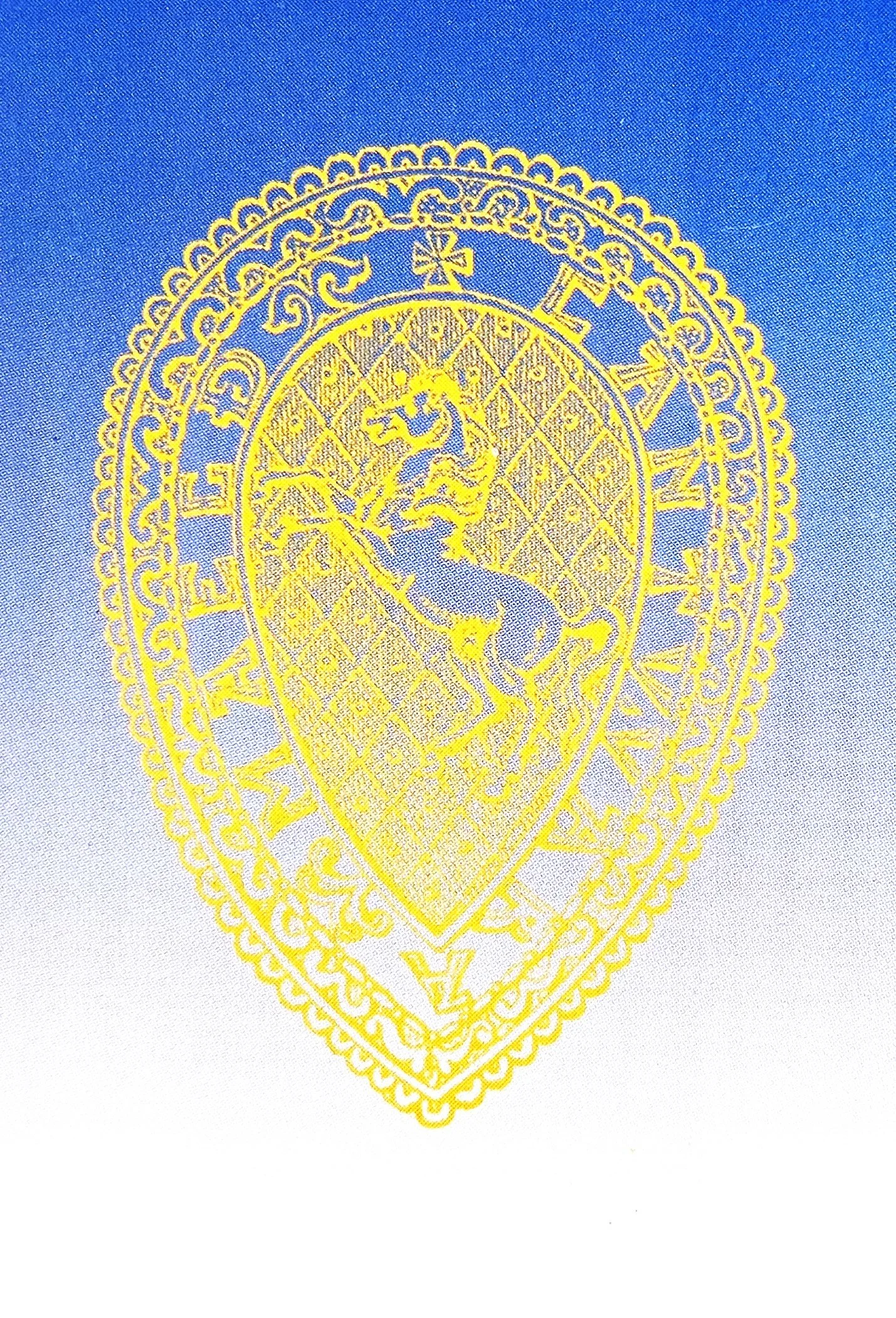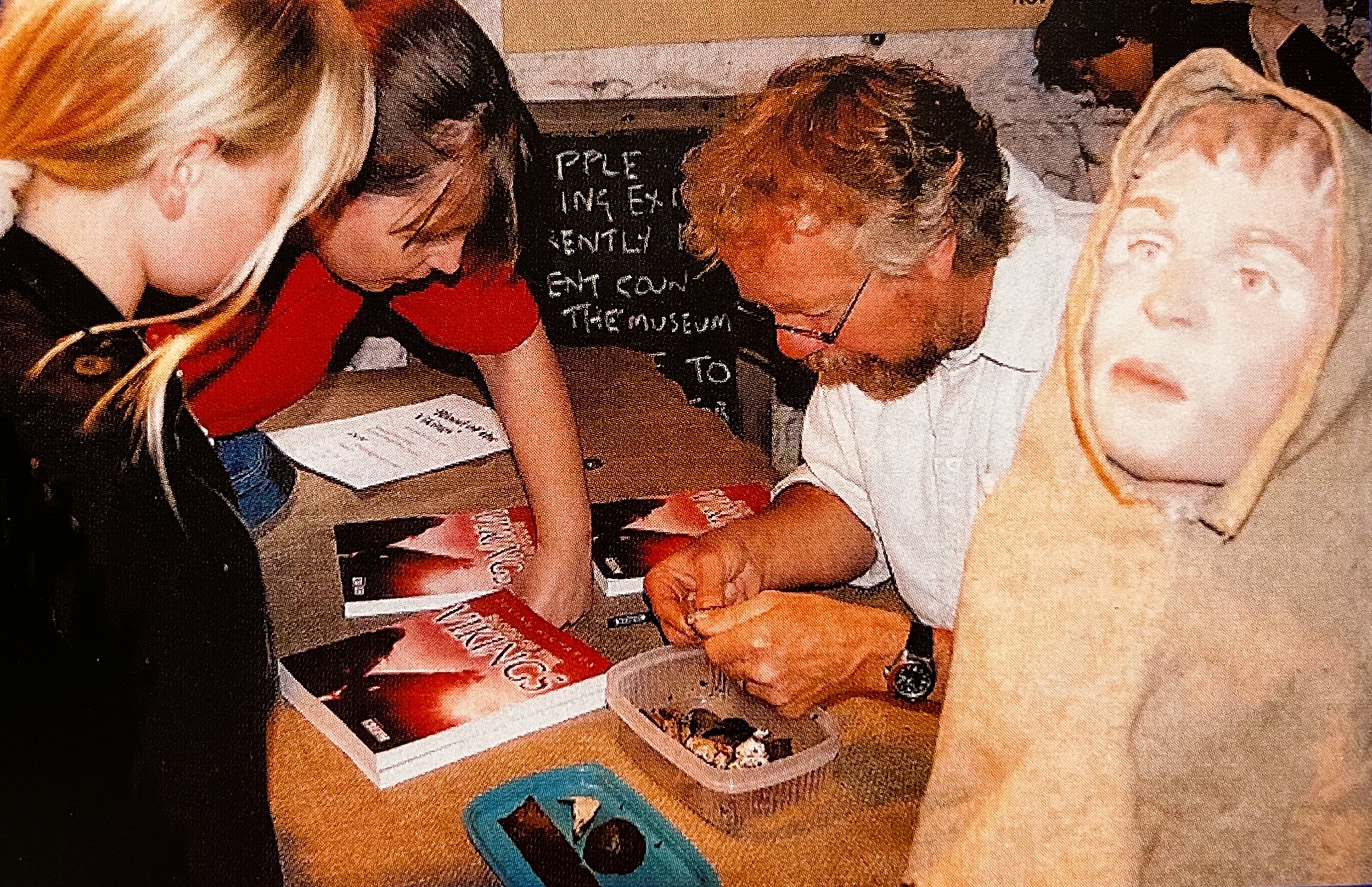
KAS Newsletter, Issue 62, Autumn 2004
Excavations, discoveries, digital archives, book releases, and archaeology's evolution at the University of Kent.
Contributions to the next issue are welcome. See the guidance for contributors and contact Editor Craig Campbell.
Search page
Search within this page here, search the collection page or search the website.
Previous
Previous
Iron Age Comes to School
Next
Next
Final Excavation at Abbey Farm
Written By KAS
Featured
Chris Pout, 2004, KAS Newsletter, Issue 62 (Autumn 2004). Maidstone: Kent Archaeological Society.
Dr Paul Wilkinson, Director Kent Archaeological Field School, 2004, KAS Newsletter, Issue 62 (Autumn 2004). Maidstone: Kent Archaeological Society.
Pat Winstan, 2004, KAS Newsletter, Issue 62 (Autumn 2004). Maidstone: Kent Archaeological Society.
Andrew Richardson, Kent Finds Liaison Officer, 2004, KAS Newsletter, Issue 62 (Autumn 2004). Maidstone: Kent Archaeological Society.












